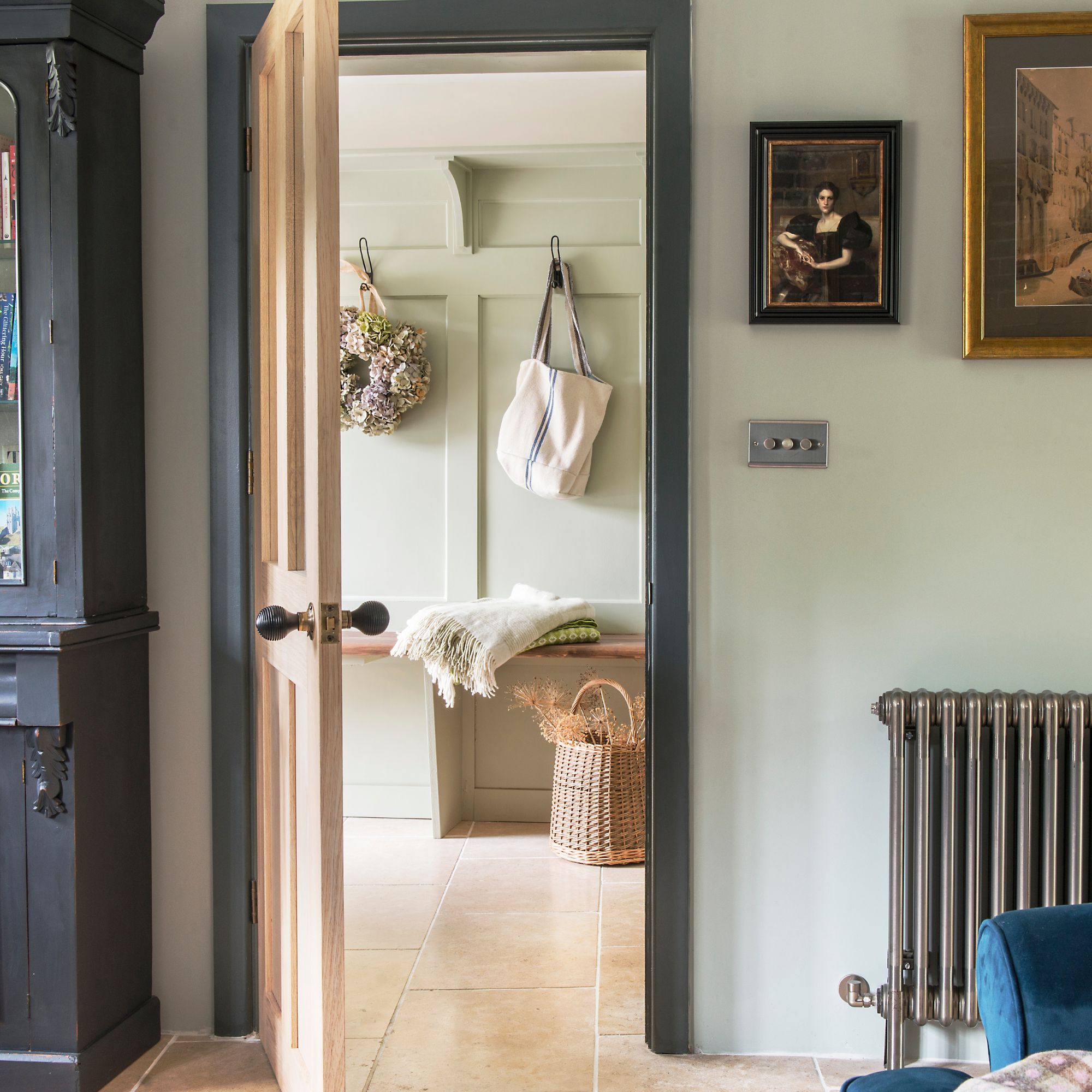
If you’re extending your home or replacing internal doors, you might wonder if you need to adhere to fire door regulations. And understanding when and where you need to meet the criteria is crucial because fire doors are designed to save lives as they resist the spread of fire and allow the occupants of a home to escape in the event of a blaze.
When you’re planning a loft conversion your architect or construction professional will draw your attention to the need for fire doors. And, in a house with an integral garage, a fire door should be used between them.
But to maximise safety in your home, it’s important to know when you need a fire door as well as why and understand how they’re rated, so we’ve put together all the essential information below, along with details on the costs of a fire door, and details on their installation.
What are the regulations for fire doors in houses?
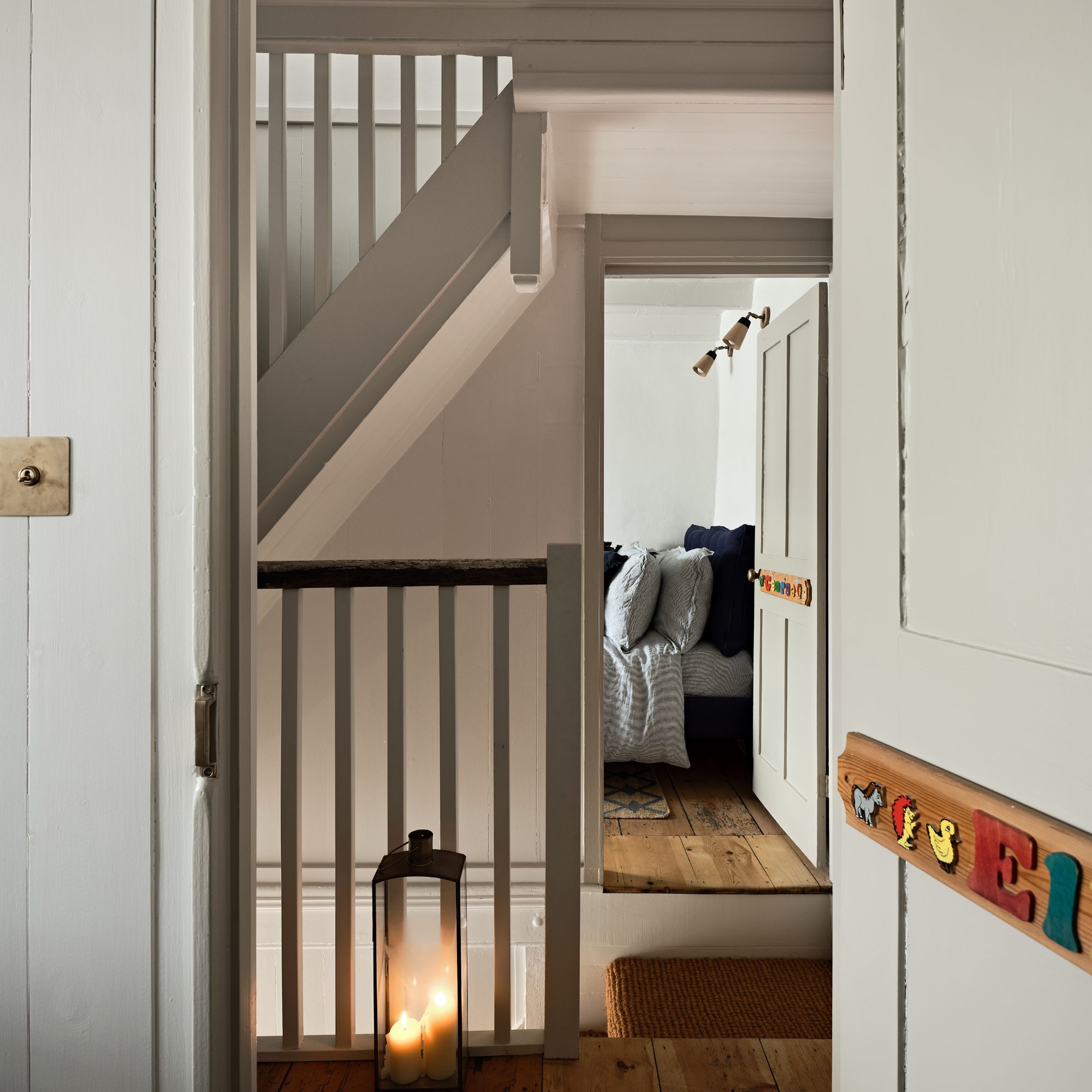
The building regulations (specifically Approved Document B) specify the circumstances in which fire doors should be fitted. ‘If a homeowner wanted to, they could install fire doors in every room of their house,’ says Glyn Hauser, engineering and innovation manager at JELD-WEN UK.
‘However, it only becomes a legal requirement when renovating or building a home with more than three storeys or converting a third storey loft into a habitable space,’ he explains. ‘If homeowners want to add an internal door between a garage and the property, this too must be a fire door.’
The reason why a loft conversion requires fire doors? ‘The building regulations stipulate that a safe corridor from the loft to the outside of the building is created, so a fire door is essential for protecting an escape route,’ says Glyn. ‘This includes doors in other rooms that form part of the escape route.’
How do you know if you need to abide by regulations on fire doors?
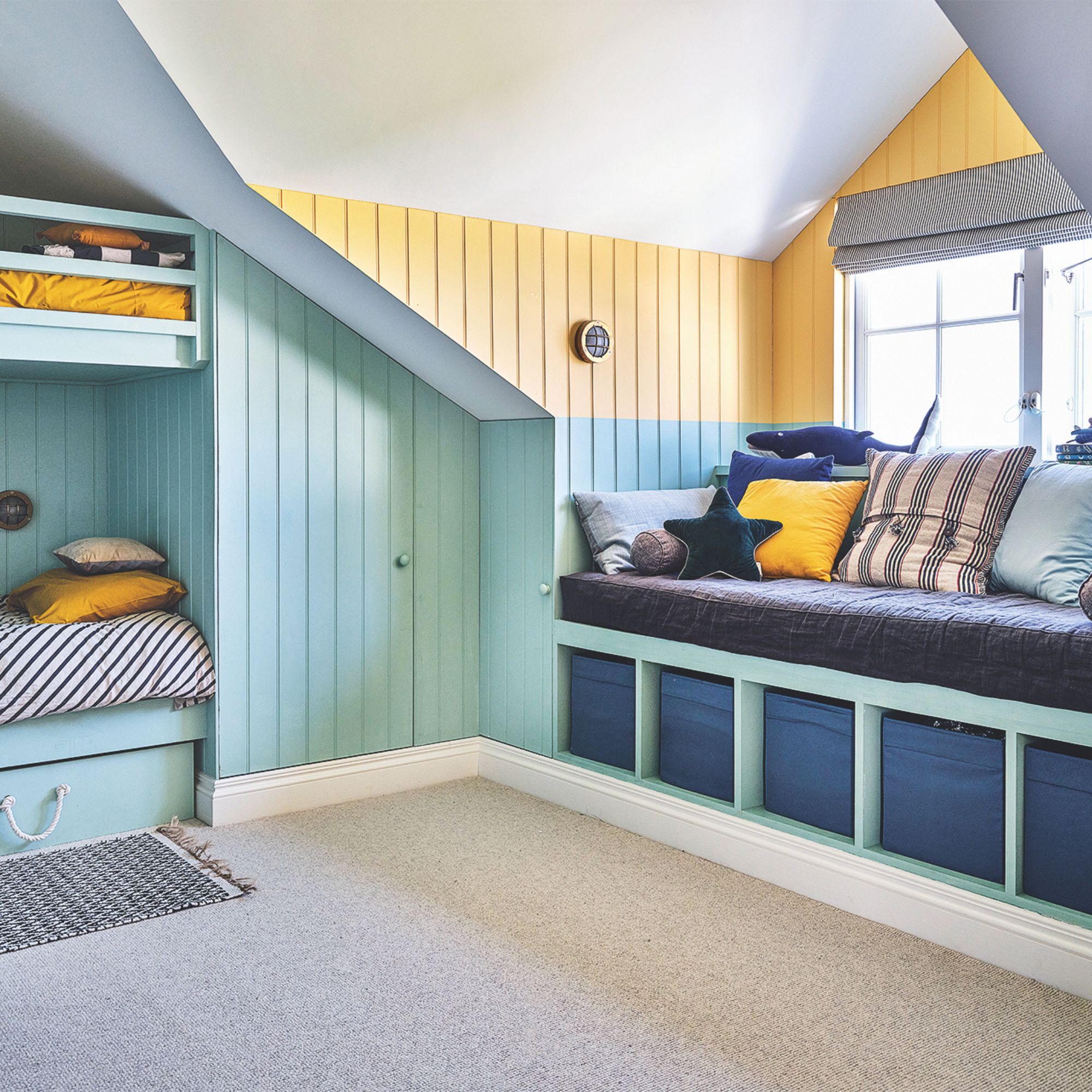
While knowing when you need to abide by regulations on fire doors may seem puzzling, it needn’t be.
First, remember that if you are swapping internal doors in your home, fire doors should be replaced with fire doors where these are required. That is, as noted above, in the case of a door to an integral garage in a two storey house, or if your home has three or more storeys, including when that’s because of a loft conversion.
The second scenario is when you’re extending your home into the loft. In this case, your architect or design and build firm can advise you on where fire doors are needed.
What should you look for in a fire door?
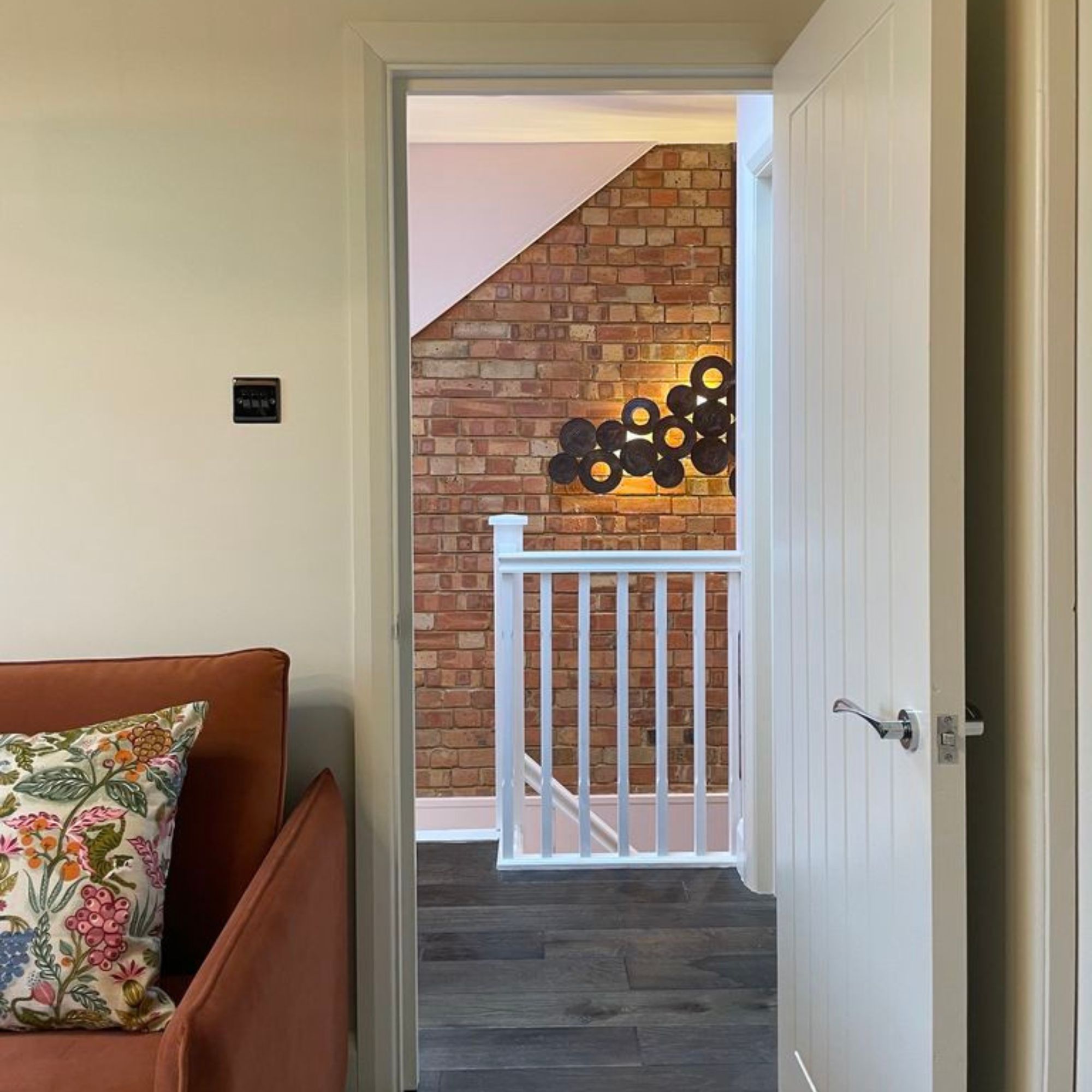
Fire doors are specially constructed. ‘Fire doors are manufactured to withstand the spread of fire for a given period of time, normally a minimum of 30 minutes,’ says Glyn Hauser. They are rated accordingly: FD30 fire doors resist fire for 30 minutes and FD60 resist for 60 minutes. FD30 doors are typically fitted in homes.
Fire doors can appear to be standard internal doors, so they won’t spoil the appearance of your home but they differ in a number of ways, including the fact that they are typically thicker than standard doors. ‘Fire doors may be of solid construction or made with a special core, often flax board or a wood composite material that is slow to burn,’ explains Glyn. ‘They are also made with special seals, fitted into either the door or frame, which seal the door on impact with heat to stop the spread of fire and/or smoke around the edges of the door.’
Bear in mind that a fire door actually consists of the door leaf, the frame, and the hardware. These can be purchased as fire doorsets. All modern fire doors should have an attached label that show it is a certified fire door and its resistance rating, for example FD30.
‘It is a legal requirement in the UK for all fire door manufacturers to prove that their doors perform as claimed,’ says Glyn. Fire doors should meet British Standard BS 476 or EN 1634. Look also for accreditation from schemes such as BWF Fire Door Alliance (formerly BWF-CERTIFIRE Scheme), BM TRADA Q Mark Scheme and Certifire.
Fire doors should be both installed (see below) and maintained per the manufacturer’s instructions.
How much does a fire door cost?
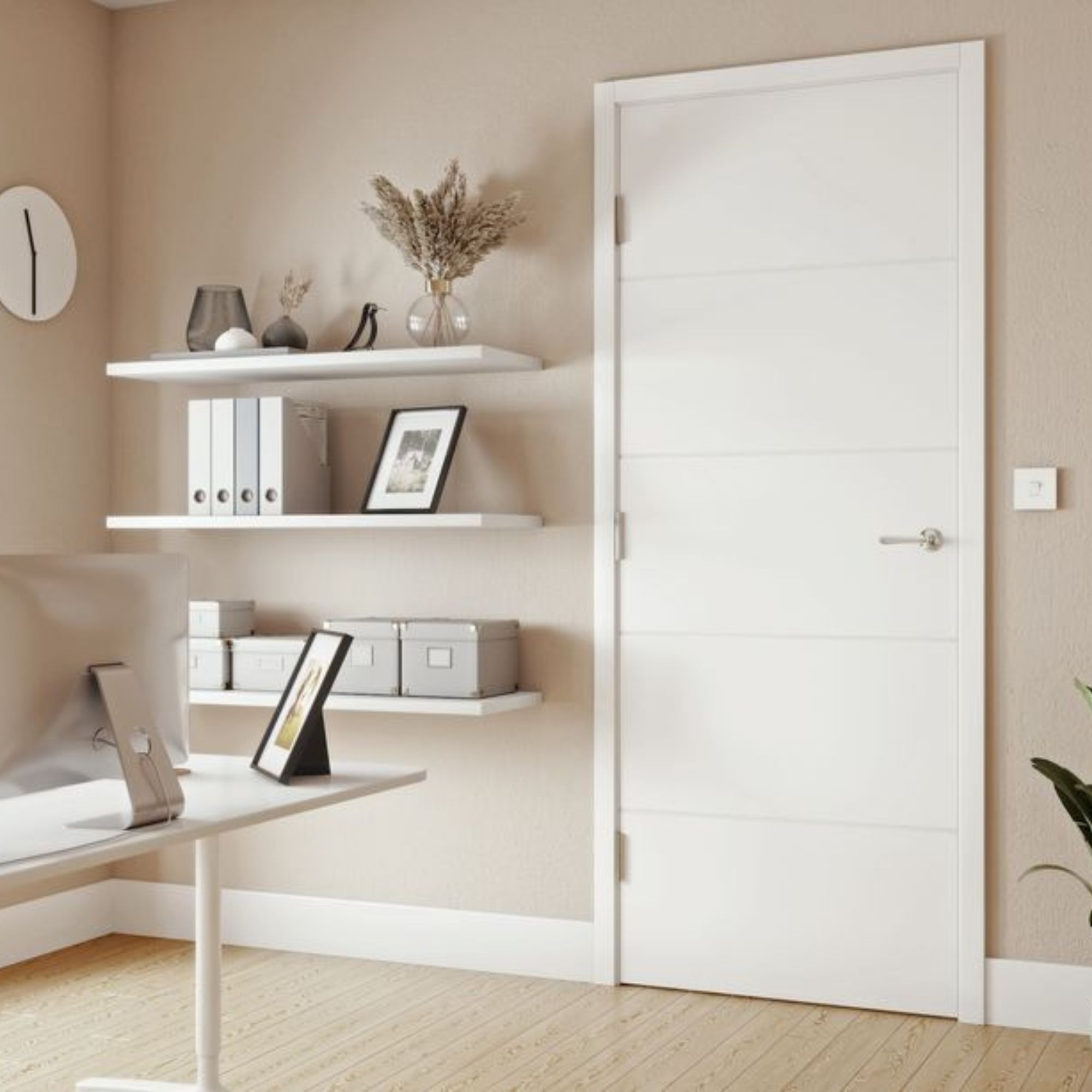
Expect to pay from around £150 for a FD30 fire doorset that includes door, frame and hardware. If you want a fire door that features glazing in order to borrow light from an adjoining area, prices might start from around £200.
Can you install a fire door yourself?
It is possible to install a fire door yourself, but the importance of calling in a qualified professional cannot be overstated.
‘If the door isn’t installed properly, it won’t work as intended in the event of a fire, putting lives and property at risk,’ says Jonny Smith, managing director of Crusader Fire. ‘The installation needs to follow building regulations, and everything from the door to the frame and hinges must be compatible and up to standard. It’s also important that the installation follows the manufacturer’s instructions and British Standards so that it performs as it should.’
You should contact building control at your local authority if you are replacing an internal fire door.
FAQs
Can ignoring fire door regulations invalidate your home insurance?
If you were to replace a fire door with an internal non-fire door, you could invalidate your home insurance policy. And the same applies if you remove a fire door from your home, or prop it open, or if you disable its self-closing mechanisms.
Of course, as well as the question of insurance, bear in mind that taking out a fire door or using it improperly means you are risking the safety of your home’s occupants.
As well as removing fire doors, make sure you're aware of what else can invalidate your home insurance policy so you can ensure you are covered at all times.







